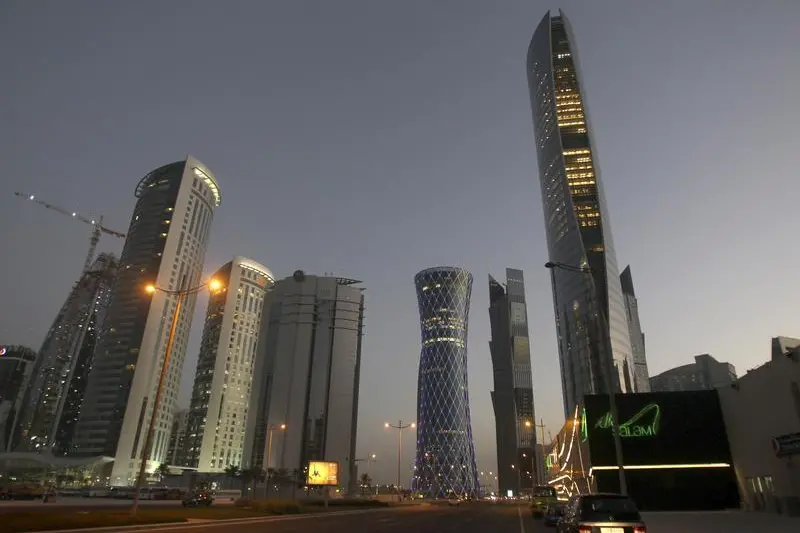PHOTO
Supply in Qatar's commercial real estate market is predicted to more than double in the coming years.
The increase in supply is largely driven by the 2022 FIFA World Cup, with developers investing in new infrastructure and real estate projects ahead of the event, as well as an anticipated rebound in tourist numbers.
However, supply is outpacing demand, with over capacity in the market leading to lower occupancy rates across the office and hotel segments, while the effects on the retail segment are expected to be felt more in the long term.
Project pipeline
In the first half of the year Qatar saw total office stock reach 5.3m sq metres of gross leasable area (GLA). Supply in the segment is projected to surpass 7m sq metres of GLA by end-2018, according to real estate consultancy CBRE.
The majority of Qatar’s new office area will be located in West Bay’s Diplomatic District, Msheireb Downtown Doha, and the Marina District and Energy City in Lusail City.
In June the Al Asmakh Real Estate Development Company (AREDC) also reported that the number of hotel rooms in Qatar is expected to double over the next five years.
Currently, the country has some 115 hotels, totalling nearly 20,700 rooms, with 105 new hotels and a further 21,000 rooms in the pipeline. According to the AREDC, the majority of this new supply is expected to come on-line before 2021.
Qatar’s retail space is expected to grow even faster, expanding by 220% by 2019, real estate firm DTZ stated in its “Qatar Q2 2016” report.
The current stock of 643,000 sq meters of purpose-built mall space – of which Villaggio Mall and City Centre Mall account for a combined 39% – could see a further 1.3m sq metres added within three years.
The QR3bn ($823.3m) Alhazm Mall on Markhiya Street is expected to open its doors before year-end, with a number of other developments also set to come on-line in the near term, including the QR5.4bn ($1.5bn) Mall of Qatar in December and the QR6bn ($1.6bn) Doha Festival City in February.
To a supply glut
Although increased supply is likely to lower prices for tenants and buyers, the glut in the market comes at a time when government spending cuts and low commodity prices are already putting downward pressure on demand.
The current economic environment has led to a drop in demand for office space, particularly from energy companies and state institutions, which traditionally account for a large percentage of demand, occupying some 65% of grade-A office buildings in West Bay between 2009 and 2014.
As a result, grade-A office rents fell by between 10% and 15% since the beginning of the year, according to DTZ.
The hotel segment also saw a drop in average occupancy rates, from 77% in the first half of 2015 to 64% in the same period this year, according to the Qatar Tourism Authority (QTA).
The decline was attributed in part to a 10% increase in the supply of rooms, with a number of new properties opening their doors last year. The hotel segment was also impacted by a 6% y-o-y decrease in tourist arrivals to 1.6m in the first half of the year.
“The overall declines in visitor arrivals and occupancy are consistent with trends seen across the region," Hassan Al Ibrahim, chief tourism development officer at the QTA, told media in August. “As economic conditions improve and the number of travellers rises again, we are determined to be ready with tourism products that can retain leisure visitors and increase the average length of stay of business visitors.”
Within the commercial real estate sphere, the retail segment appears to be the most resilient, with high occupancy rates and monthly rental prices stable at between QR260 ($71) and QR300 ($82) per sq metre as of the first quarter of this year.
Although retail spending has fallen by between 10% to 15% in June year-to-date, most leases are for a period of five years, and therefore, the effects on the segment will likely be felt more in the long term, according to DTZ.
© Oxford Business Group 2016












